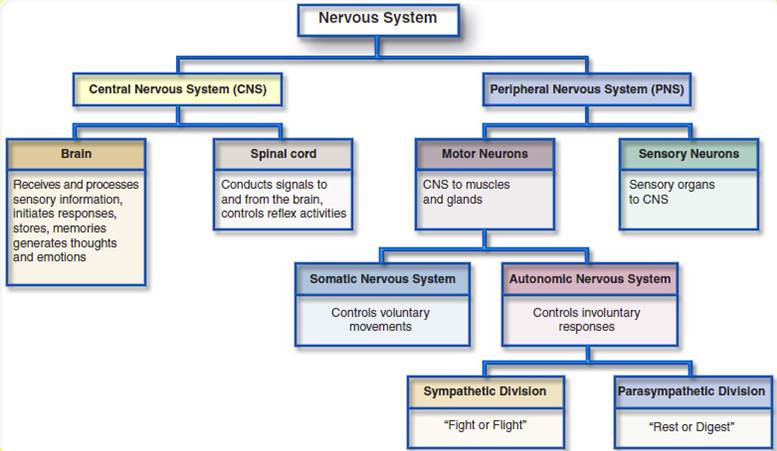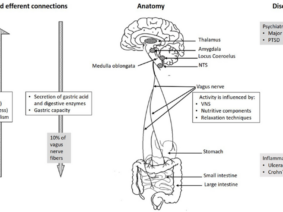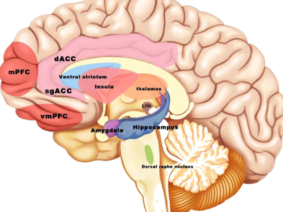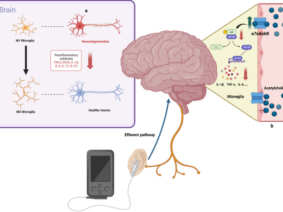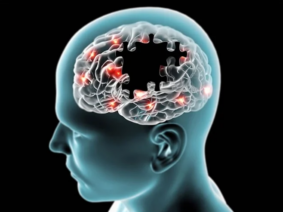Complementary and integrative medicine (CIM) has increasingly gained attention as a supplementary approach in the treatment of various idiopathic and chronic diseases. Despite their popularity, the lack of placebo-controlled, blinded, and randomized studies has led to skepticism regarding their reliability and effectiveness within the scientific community.
However, the effectiveness of these methods in diverse conditions suggests a potential common mechanism underlying their therapeutic effects. One crucial system implicated in this process is the autonomic nervous system (ANS). The ANS, responsible for regulating unconscious physiological functions in the body, consists of the sympathetic and parasympathetic nervous systems. While the sympathetic nervous system triggers the “fight or flight” response to stress, the parasympathetic nervous system promotes relaxation and restoration, often described as “rest and digest.”
Disorders of the ANS, marked by sympathetic hyperactivity and parasympathetic dysfunction, have been associated with various health issues, both primary and secondary. Chronic stress and dysregulation of the ANS can disrupt homeostasis and impede the body’s natural healing processes.
One particularly intriguing avenue of research within this realm is the relationship between vagus nerve stimulation (VNS) and complementary and integrative medicine approaches. The vagus nerve, a major component of the parasympathetic nervous system, plays a vital role in regulating autonomic function, mood, inflammation, and more. VNS has been utilized as a therapeutic intervention for conditions like epilepsy, depression, and inflammatory disorders.
Studies have suggested that CIM methods may influence ANS activity, partly through modulation of the vagus nerve. For example, acupuncture has been proposed to stimulate vagal afferent pathways, leading to downstream effects on autonomic function and neuroimmune regulation. Similarly, mindfulness practices like meditation and breathing techniques have been linked to increased vagal tone and improved ANS balance.
Incorporating ANS assessment into future studies evaluating CIM applications could provide valuable insights into their mechanisms of action. By elucidating how these approaches affect autonomic function, researchers may better understand their therapeutic potential and optimize their clinical utility.
The relationship between VNS and CIM approaches in regulating the autonomic nervous system presents a promising avenue for further exploration. Understanding the interplay between these modalities could pave the way for innovative interventions that harness the body’s innate healing mechanisms. As research in this field progresses, the integration of CIM approaches with conventional medical care may offer new opportunities for holistic health and well-being.
References
